Flash photography is a skill. It is more than just pointing your phone’s camera at something and then snapping a photo. This is because while our smartphones have flash units that have improved leaps and bounds massively since they were first introduced, they’re still not necessarily that great.
This is because unlike proper flash units that can be angled and diffused, the flash units on our phones are direct and harsh. If you’re trying to create that effect, that’s fine, but otherwise, flash can sometimes ruin a photo and in cases more often than not, it can give your subject the dreaded red-eye effect.
Best Android phone for taking photos
So the question is, how do you take photos in low-light situations without flash? It’s actually quite simple and with a few tweaks, you can coax out better-looking photos in the dark without having to use flash.
How to use your smartphone’s manual mode
A lot of smartphones these days come with native camera apps that offer up a manual mode. With manual mode, it gives users more control over their phone’s cameras and individual settings in order to get the shot that they want, and here are some of the changes you can make to improve photos in low-light scenarios without having to use flash.
Our phone cameras come with the ability to automatically detect subject matter. This is useful and takes out a lot of the guesswork, but sometimes it can result in photos that are too dark or too overblown. By manually changing the focal point of your phone’s camera, you can also change how bright or dark the photo is.
For example, if your subject is standing in front of a light source like an open window, tapping on your subject to focus on it can reduce the glare. Alternatively, if you’re in a dimly-lit room, you can tap on objects that are darker to force your camera to automatically compensate for the lower light.


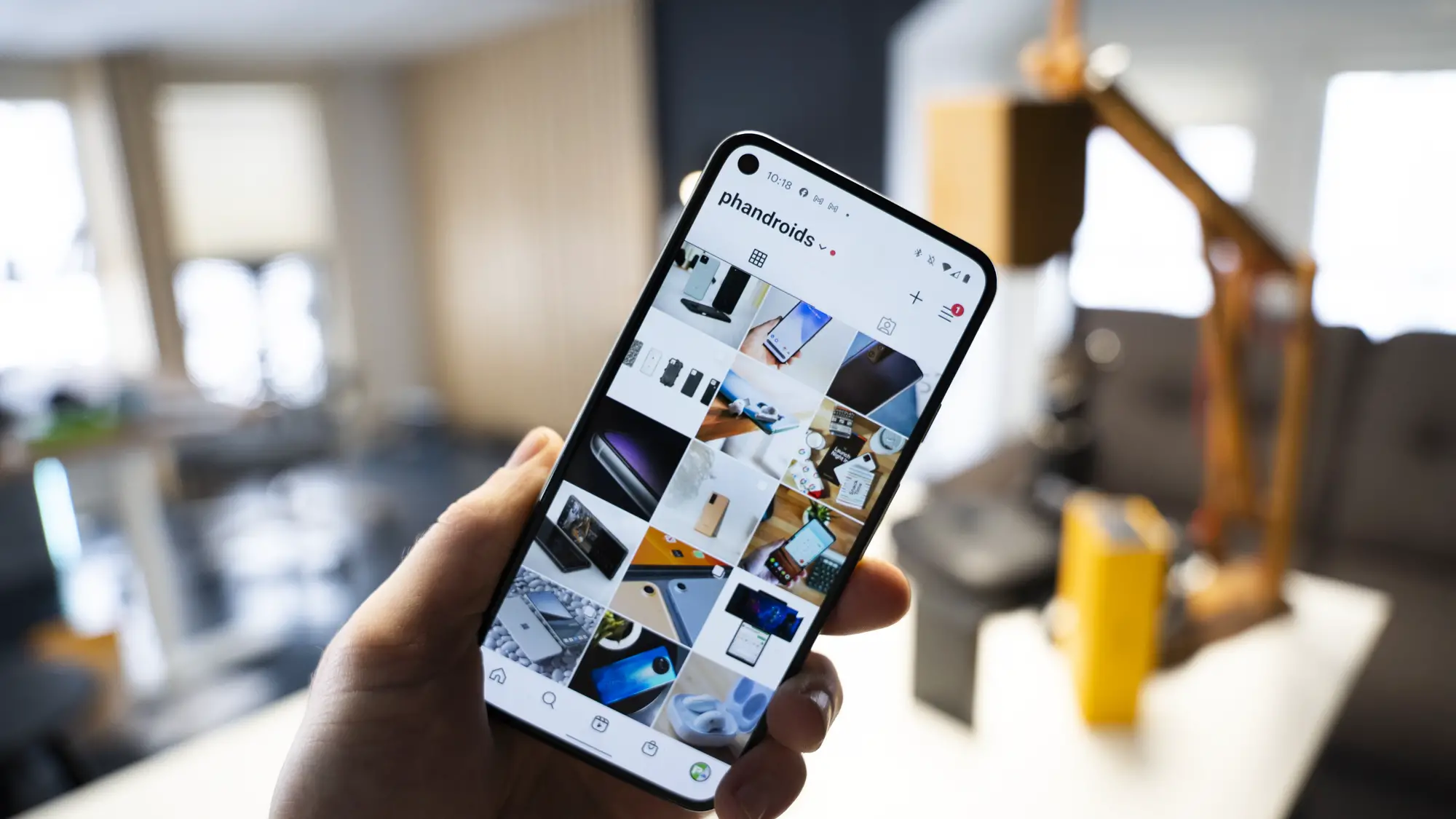
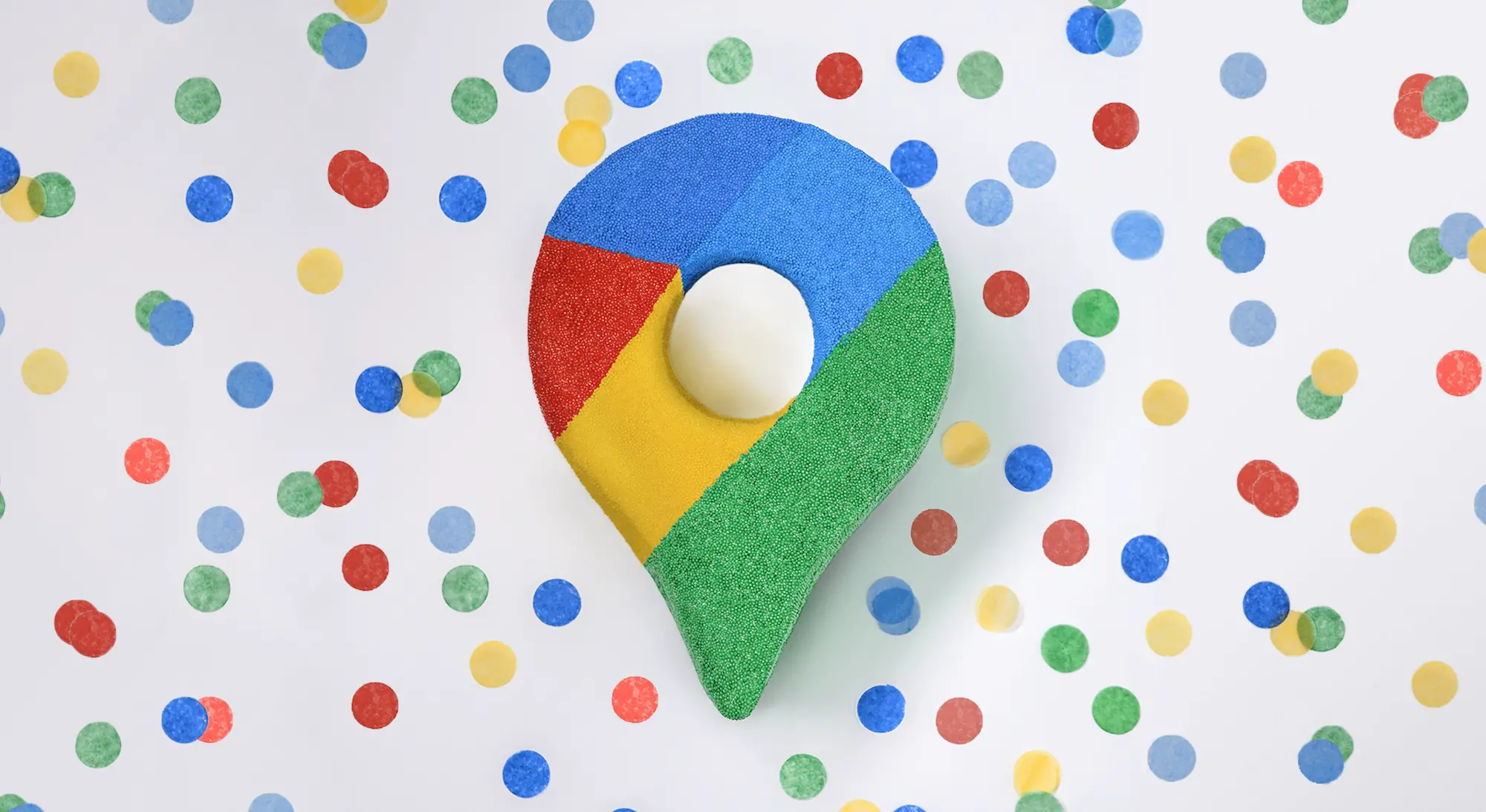
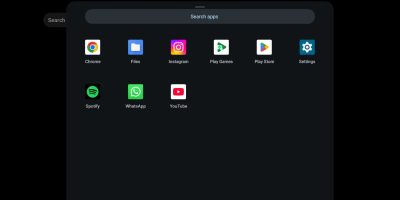
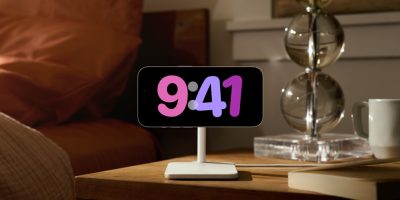
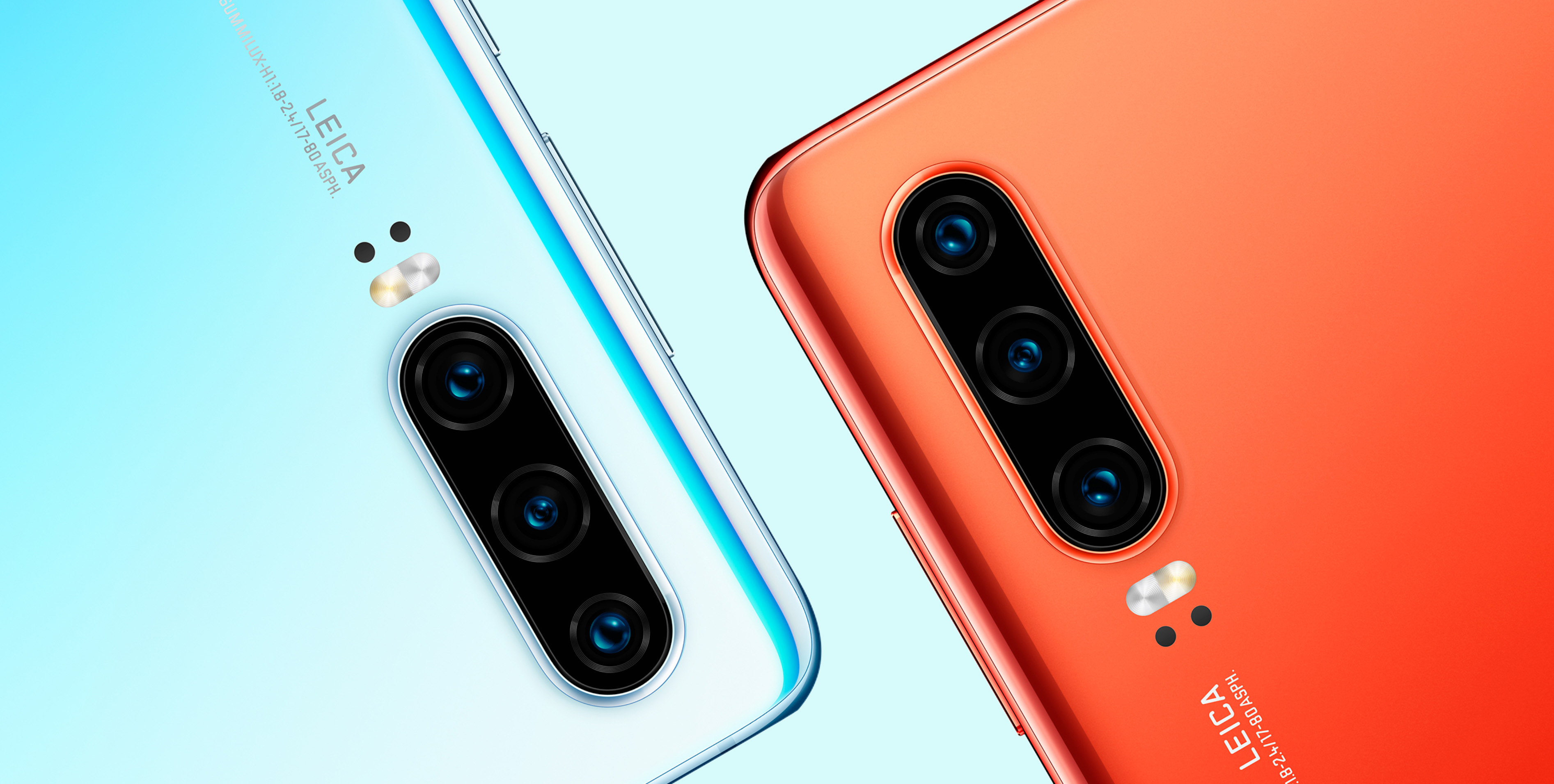
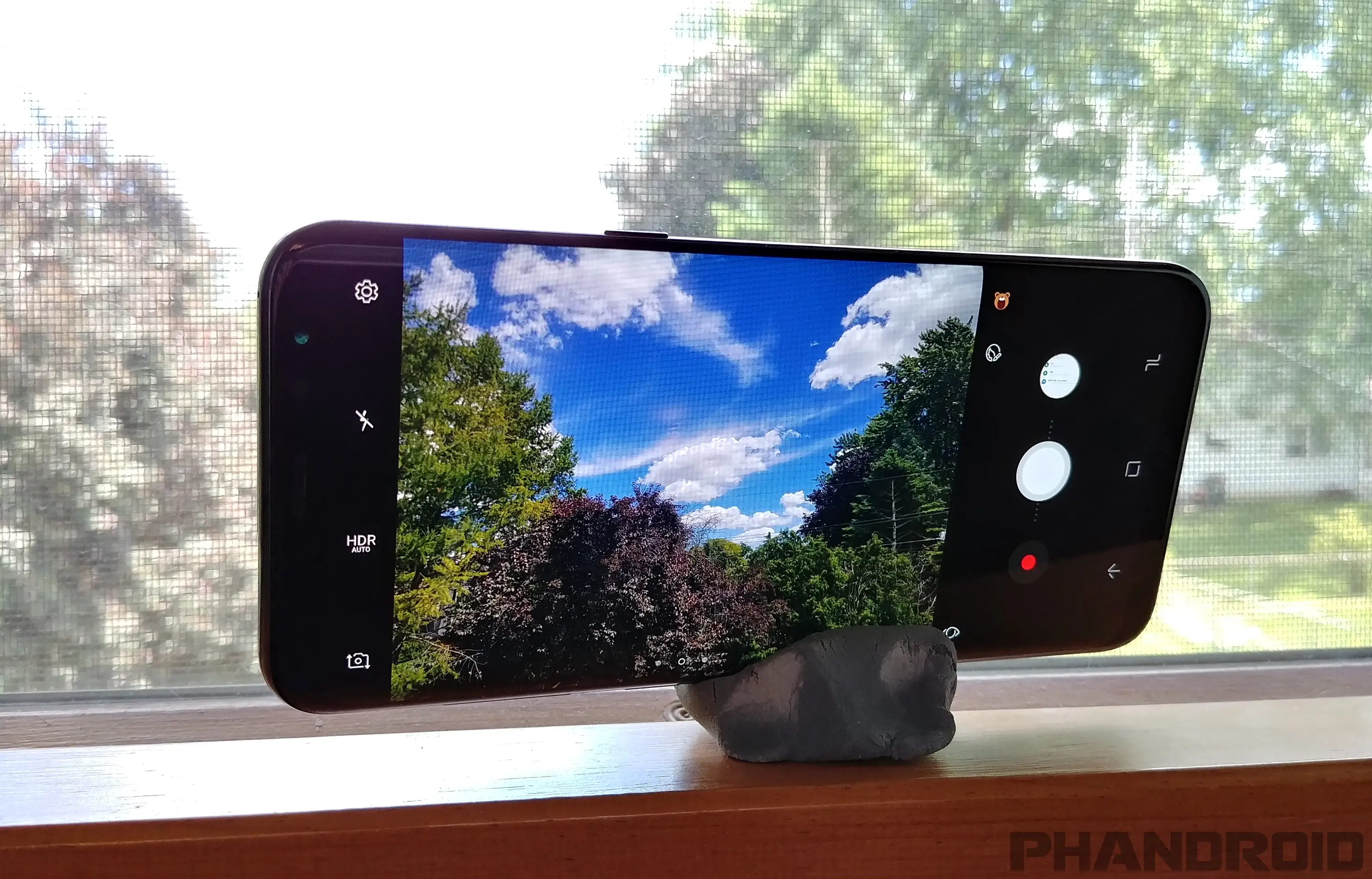
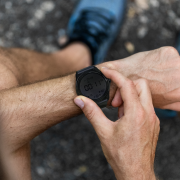
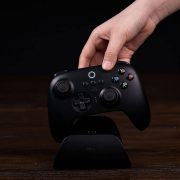

Comments